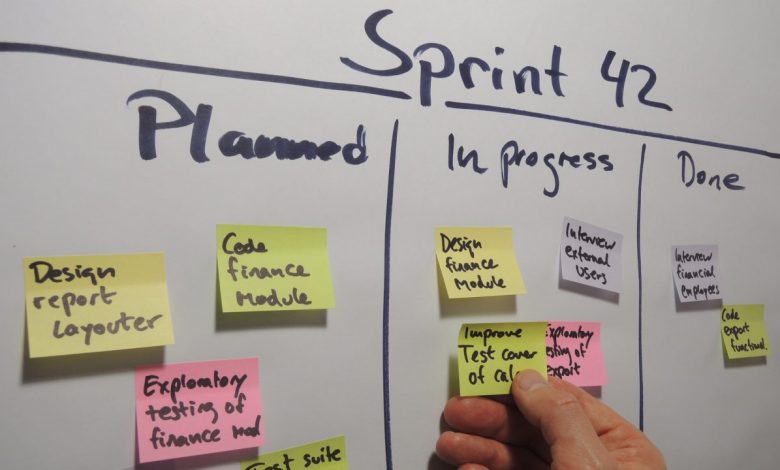
The principles of agile work were laid down 100 years ago
A short article by James Clear explains the 100-year old Ivy Lee method for making productive to-do lists:
- At the end of each workday, write down the six most important things you need to accomplish tomorrow. Do not write down more than six tasks.
- Prioritize those six items in order of their true importance.
- When you arrive tomorrow, concentrate only on the first task. Work until the first task is finished before moving on to the second task.
- Approach the rest of your list in the same fashion. At the end of the day, move any unfinished items to a new list of six tasks for the following day.
- Repeat this process every working day.
In a personal context, this is great advice and well worth implementing. Organisationally, anyone familiar with agile methods will hear strong bells of recognition when reading this list, since most of the fundamentals of agile are found here:
- Make tough decisions on priority
- Remove the friction of starting
- Focus on single-tasking
However, there are important limitations to this technique which illustrate the need for more sophisticated KM approaches today.
During the pre-computerised era of industrialised work, there was a clear, linear line from start to finish for almost all processes. Even at the management level, there was a cliched, linear method of moving papers from the “In Tray” to the “Out Tray”. This meant that the idea of internally consistent prioritisation was viable: When people efficiently prioritised their own tasks, this was also the most efficient way of improving productivity across the organisation.
That “black box” of task completion is long gone. Our work is far more interconnected these days, not least of all because of the switch to specialised and dedicated HR, IT, and Facilities management. We all have a ‘list of 6’, but when each of our tasks requires the attention and interruption of others, how do we efficiently determine which “number 1 job” gets priority?
For simple transactional work, the focus can be on triage and queueing – the kind of method epitomized by ITIL. But where strategic outcomes and longer term value is paramount, we need methods like agile which can take the foundations of the Ivy Lee method and add:
- shared priority lists
- dependency tracking and resolution
- relative effort estimation
Is it more complex than a simple to-do list? Sure. But in a complex and fluid work, simple to-do lists will only get you so far.





